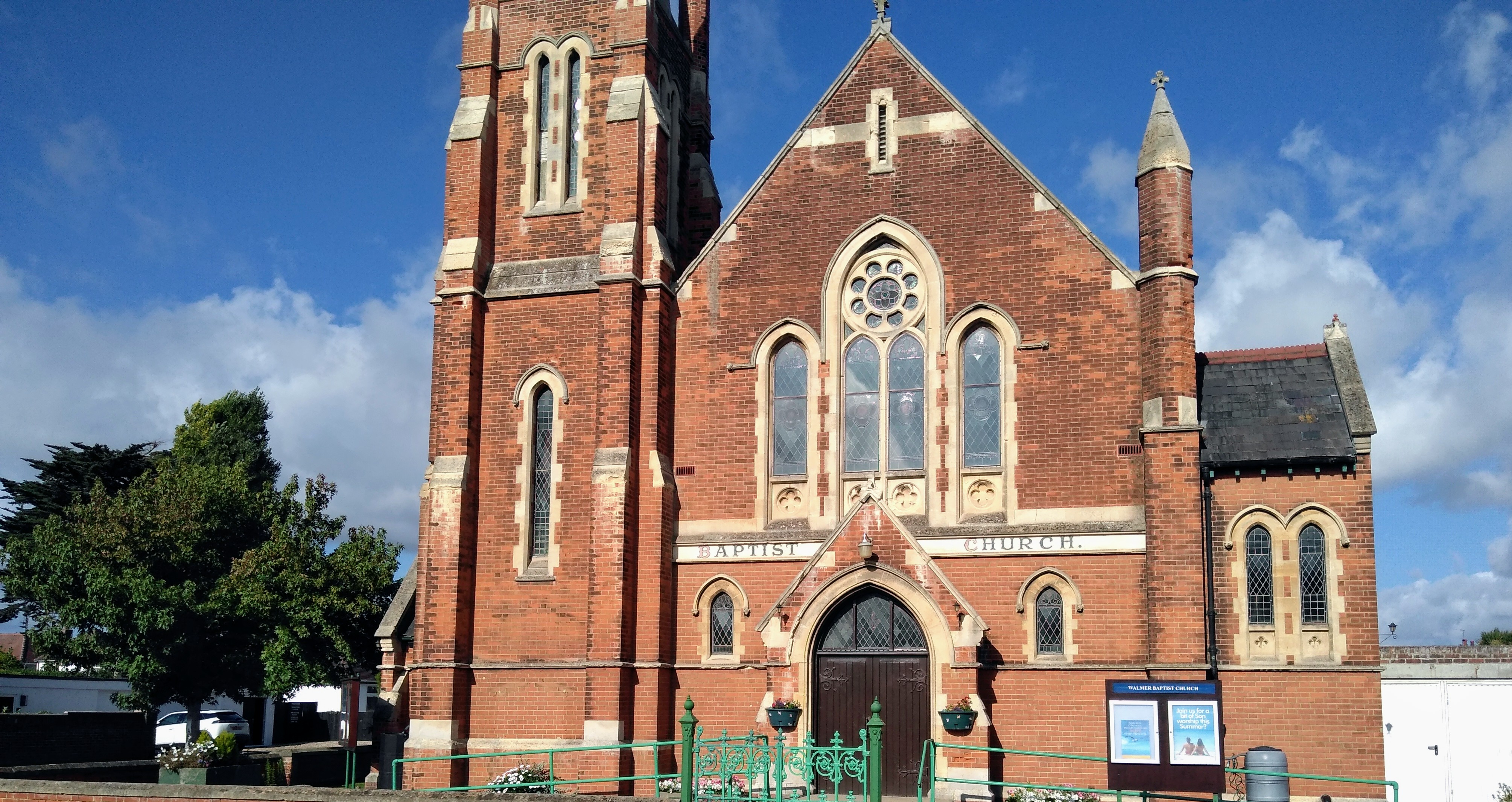Communion
Eating the last supper with his friends Jesus broke bread and shared wine and told them whenever they would do this in the future they were to remember him and he is sacrifices for them. The bread and wine are symbolic of his broken body and he showed blood upon the cross of Calvary.
The invitation given at the Table reminds us of our unworthiness and prompts self-examination and penitence.
Can I take communion?
The communion table at the church is “open” – that is, we invite anybody who would like to share in what we are doing to take part. Visitors, if it is your practice to receive communion in your own church you're welcome to do so here. We believe that at the communion table, as we receive bread and wine, we are meeting with God in a particular way. We tell again the story of the love of God shown in Jesus death and resurrection, and we recommit ourselves to living in the light of that love. We believe that by sharing bread and wine, we are listening to God’s call to us, and receiving God’s blessing on us. Both the call and the blessing have important implications for how we live in the whole of our lives, and so taking the bread and wine is a serious thing.
How we serve communion?
We share communion on the third Sunday morning of each month and on the first Sunday evening. It is a practice to serve Communion and the bread and wine are brought to the congregation by deacons. The officiating minister will break bread and raise the cup before a Thanksgiving prayer is offered and the elements distributed. We usually eat the bread as we receive it and retain the cup of wine given and drink together as a sign of our unity in the body of Christ. (Grapes are provided for the children at morning services.
